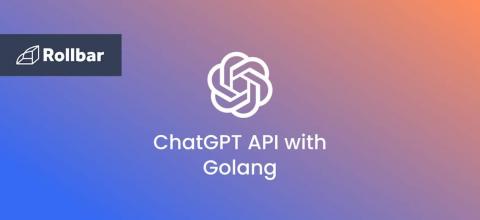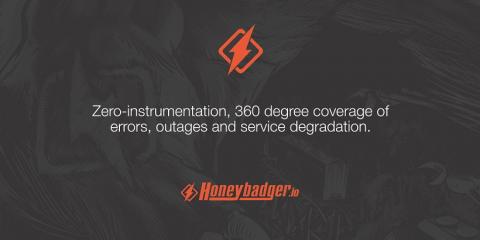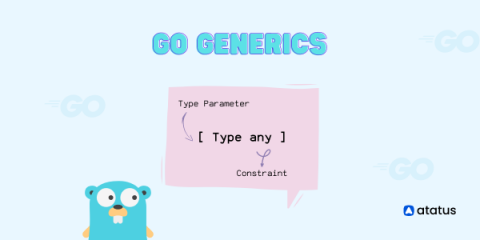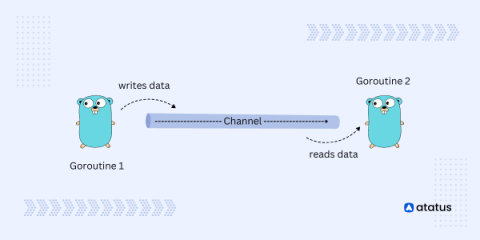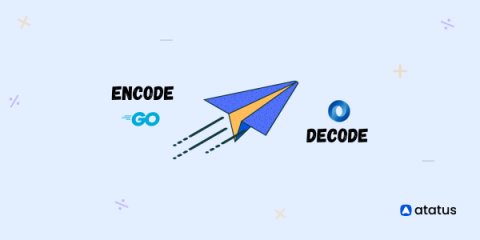How to Use the ChatGPT API with Golang
ChatGPT is like that cool, incredibly talented artist every band wants to collaborate with. When you need something extra, something that will give your application a bit of zing, that's where ChatGPT comes in. It's got that rhythm that gets feet tapping. This guide will take you step-by-step on how to bring together the text-generating wizardry of ChatGPT with the simplicity and efficiency of Golang, opening up exciting new possibilities for crafting more intelligent applications.


